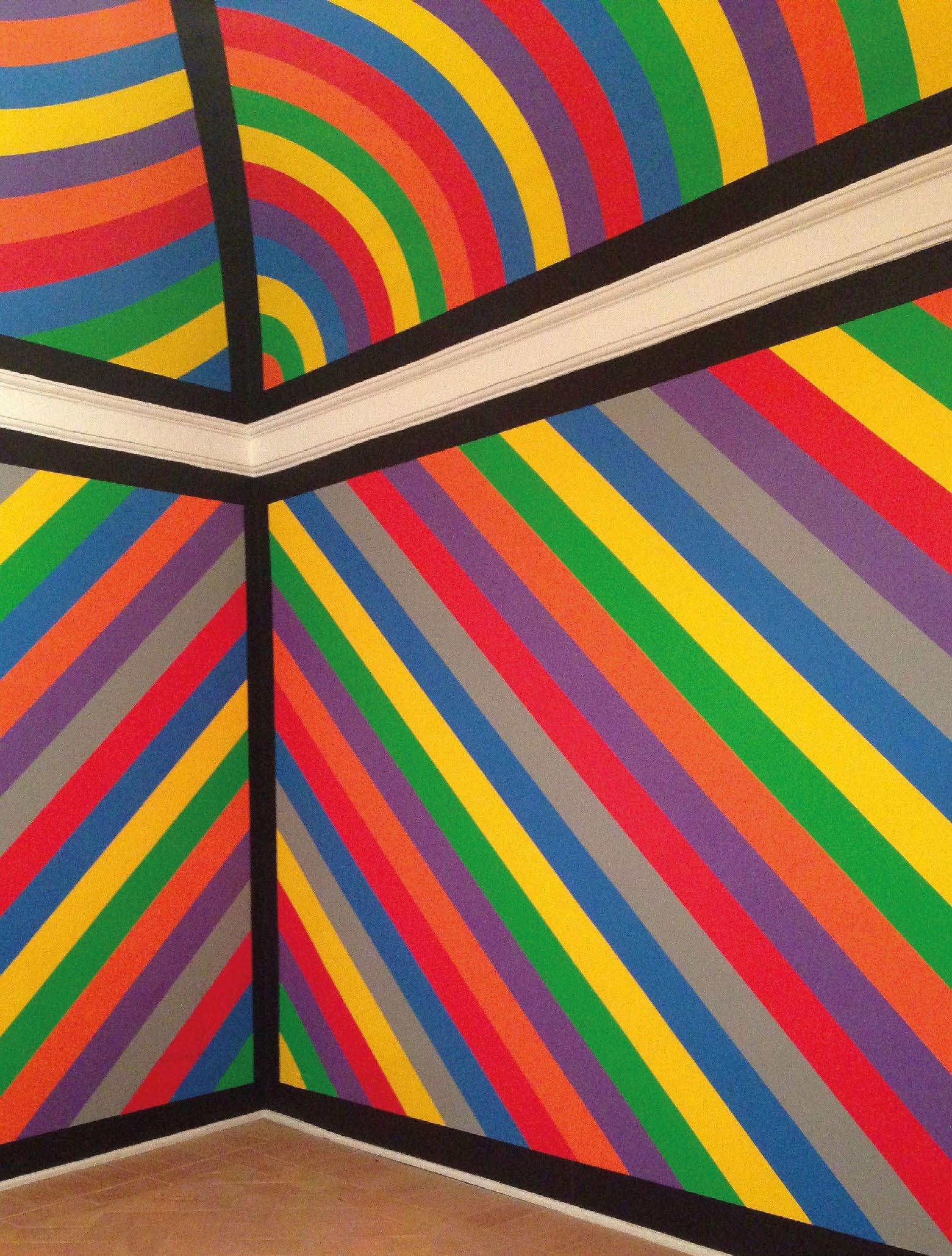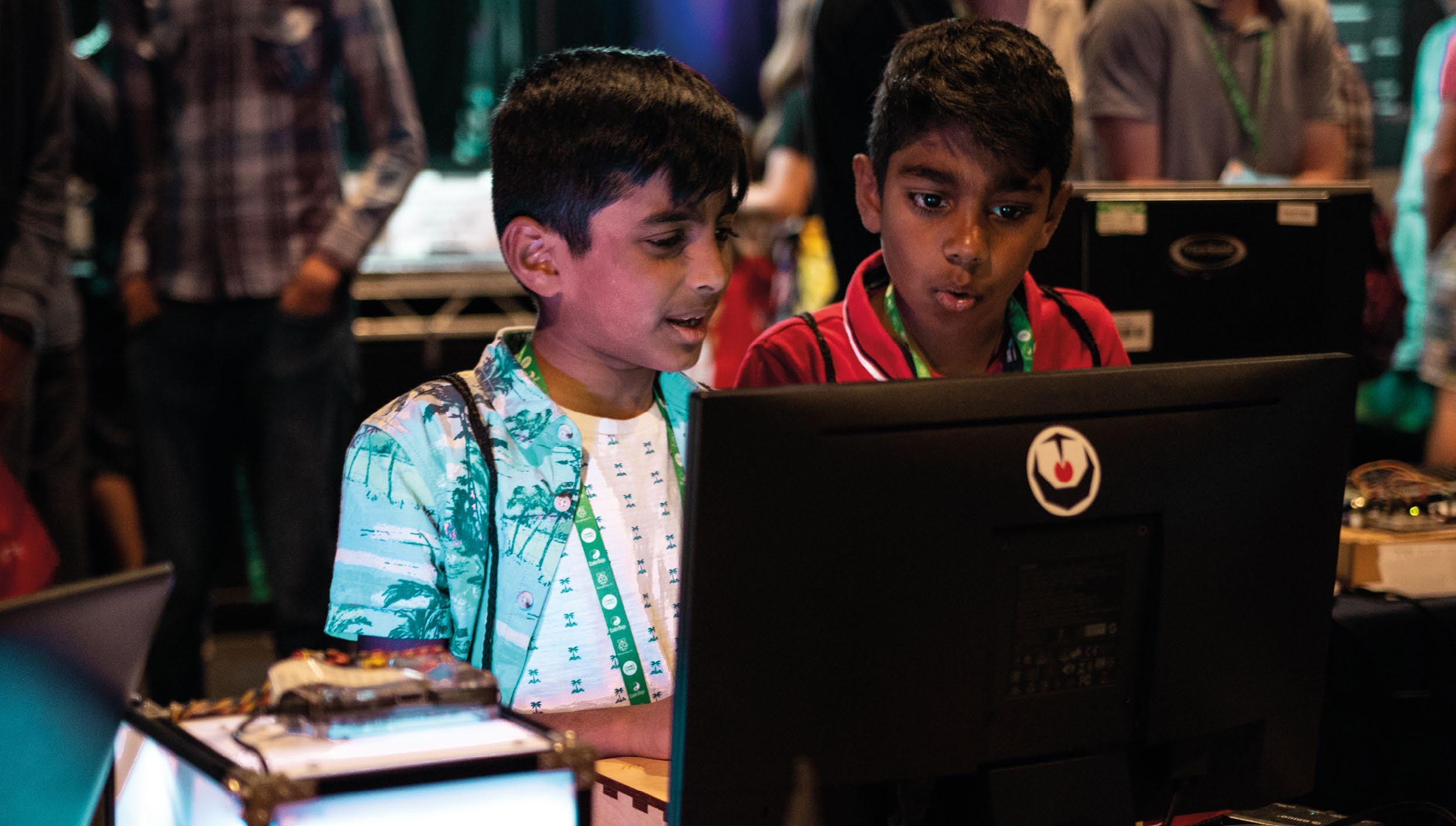
3 minute read
VIDEOS AND SELF-EXPLANATION
LEARNING TO PROGRAM VIA VIDEOS AND SELF-EXPLANATION
STORY BY Lucia Flóriánová
Advertisement
Results from a small study of high-school students in Denmark suggest that an approach combining guided instructional videos with questions prompting students to reflect on their learning can help them learn to program. The researchers have named the approach ‘stepwise self-explanation’.
Novice learners face various difficulties while acquiring programming skills. In particular, they struggle to combine and use basic structures to build a program, and to apply acquired knowledge to new situations.
Making programming easier
Aureliano, Tedesco, and Caspersen (2016) explored how to make learning programming easier for novices. They used an approach in which students answered questions prompting them to explain what they were learning as they watched instructional videos on how to build a program.
The video instructions were taken from The Joy of Code series, which was developed to teach students to program in Java via the Greenfoot development tool. The videos are structured according to the stepwise improvement framework, providing stepby-step guidance. After watching video instructions about a piece of code, students answered questions about its purpose and functionality. For example, they explained which part of the code made an object move. The researchers compared this method with another approach in which students self-studied the same videos, but did not do any self-explanation. Although the research cannot confirm how significant the difference
STEPWISE IMPROVEMENT
Stepwise improvement is a framework that advises learning programming by developing small pieces of code systematically and incrementally. It encompasses three types of activities that programmers use to build a program: extension, refinement, and restructuring.
Stepwise self-explanation is an approach to learning programming that combines the stepwise improvement framework with self-explanation. In this study, this was achieved using instructional videos alongside a list of questions about them.
between the two groups is, there was a positive correlation between students’ selfexplanations and their final results. Students also left positive feedback.
What makes the approach work?
Caspersen and Kölling (2009) explain that the stepwise improvement framework is like taking students for a guided tour instead of leaving them to walk around randomly — it draws attention to the most important aspects of programming education. It breaks down the content and gives the instruction materials a frame that guides learners through programming processes. However, the structure of the instruction materials itself is not enough to make novice programmers learn, as they do not yet know how to study for the needs of a programming course. This can be mitigated through the use of self-explanation, which guides students further through the instruction materials. Previous studies have found that students who generated explanations of instructions or programs learnt more and scored better in problem-solving.
Students enjoyed this method of learning. They appreciated that the videos presented the content step-by-step, and found them easy to follow. They also liked that they could rewind or rewatch videos when needed. Groups using self-explanation commented that the question prompts helped them to remember things and summarise what they’d learnt.
n Well-placed questions can direct students’ attention
In the classroom
Efficient teaching of programming takes students through the right level of detail when they are ready for it, but also prompts them to think about what the code is doing as they learn. Stepwise self-explanation is one way to provide a balance between teachers’ guidance and students’ cognitive engagement. Asking students a small number of questions can direct their attention to the most important learning objectives and computing concepts. Using instructional videos that are built around small pieces of code is not only engaging, but also guides students through a new topic, giving them the opportunity to come back to the parts they missed or about which they are unsure.
FURTHER READING
Aureliano, V. O., Tedesco, P., & Caspersen, M. E. (2016). Learning programming through stepwise self-explanations. 11th Iberian Conference on Information Systems and Technologies, 1-6. helloworld.cc/ aureliano2016 Caspersen, M. E., & Kölling, M. (2009). STREAM: A First Programming Process. ACM Transactions on Computing Education, (9)1/4.










